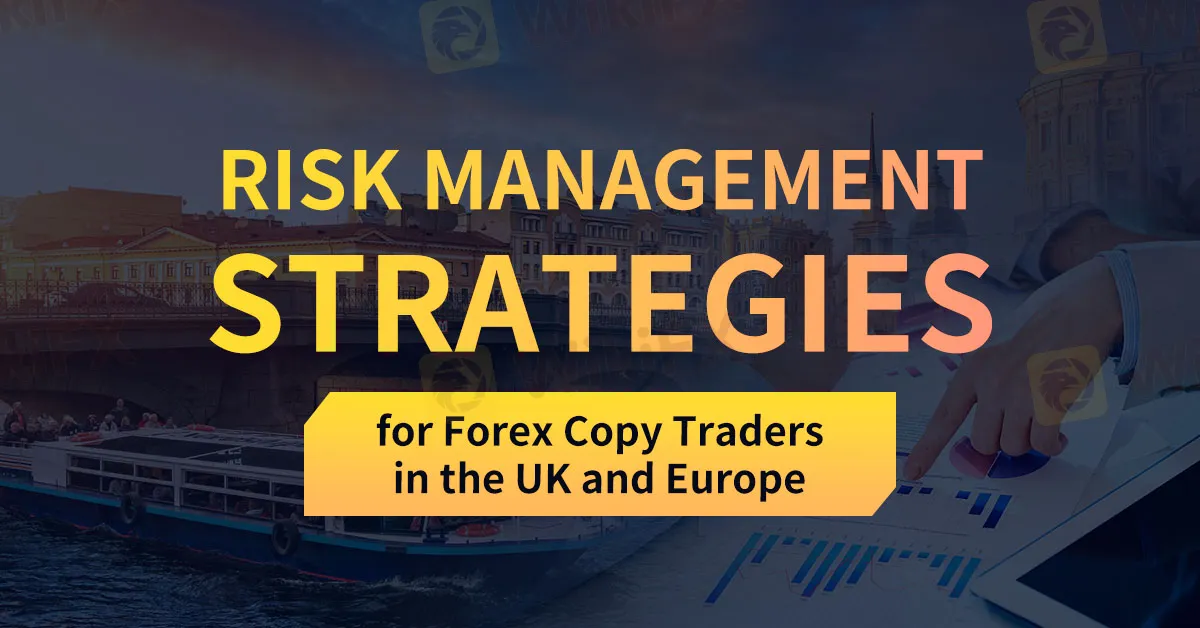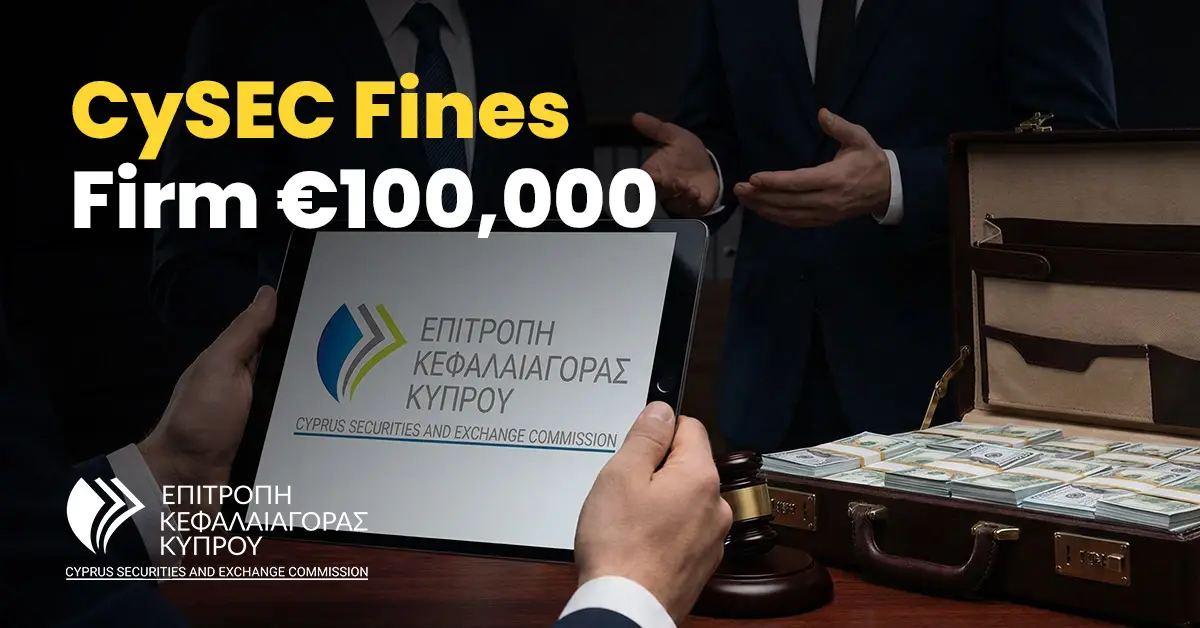Abstract:Forex copy trading offers investors the opportunity to replicate the trades of experienced traders, potentially generating significant returns. However, with the potential for high rewards also comes inherent risks. In the UK and Europe, where regulatory oversight is stringent and investor protection is paramount, implementing effective risk management strategies is crucial for safeguarding investments and ensuring long-term success in forex copy trading.

Forex copy trading offers investors the opportunity to replicate the trades of experienced traders, potentially generating significant returns. However, with the potential for high rewards also comes inherent risks. In the UK and Europe, where regulatory oversight is stringent and investor protection is paramount, implementing effective risk management strategies is crucial for safeguarding investments and ensuring long-term success in forex copy trading.
One of the fundamental principles of risk management in forex copy trading is diversification. By spreading investments across multiple trading strategies, asset classes, and currency pairs, investors can reduce their exposure to any single risk factor or market event. Diversification helps mitigate the impact of adverse market movements and increases the resilience of investment portfolios against volatility.
WikiFX, a leading platform for forex traders and investors, provides a wealth of resources and tools to help traders implement effective diversification strategies. With access to a wide range of trading strategies and asset classes, investors can build diversified portfolios tailored to their risk tolerance and investment objectives. WikiFX's comprehensive database of strategy providers and performance metrics enables investors to evaluate the diversification potential of different trading strategies and make informed investment decisions.
Position sizing is another critical aspect of risk management in forex copy trading. By determining the appropriate size of each position based on risk parameters such as account size, risk tolerance, and the probability of loss, investors can optimize their risk-return profile and protect their investment capital. WikiFX offers risk management tools and calculators that help traders calculate the optimal position size for each trade, ensuring that they trade within their risk limits and avoid overexposure to the market.
Setting stop-loss orders is an essential risk management technique that helps limit potential losses and protect investment capital in forex copy trading. Stop-loss orders automatically trigger the sale of a position when the market price reaches a predefined level, preventing further losses beyond a certain threshold. WikiFX's trading platform allows investors to easily set stop-loss orders for their copied trades, providing an additional layer of protection against adverse market movements.
Moreover, WikiFX provides traders with access to advanced risk management features, such as risk score indicators and risk allocation settings, which enable investors to assess the risk levels of different trading strategies and allocate capital accordingly. By diversifying across strategies with varying risk profiles and adjusting risk allocation based on performance and market conditions, investors can optimize their risk-adjusted returns and minimize the impact of potential losses.
In conclusion, effective risk management is essential for success in forex copy trading in the UK and Europe. By implementing diversification strategies, proper position sizing techniques, and risk management tools provided by platforms like WikiFX, investors can safeguard their investments and navigate the complexities of the forex markets with confidence. With a focus on risk management, traders can achieve their investment goals and build a sustainable portfolio for the long term.










